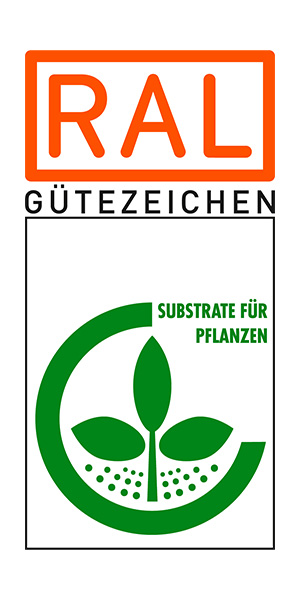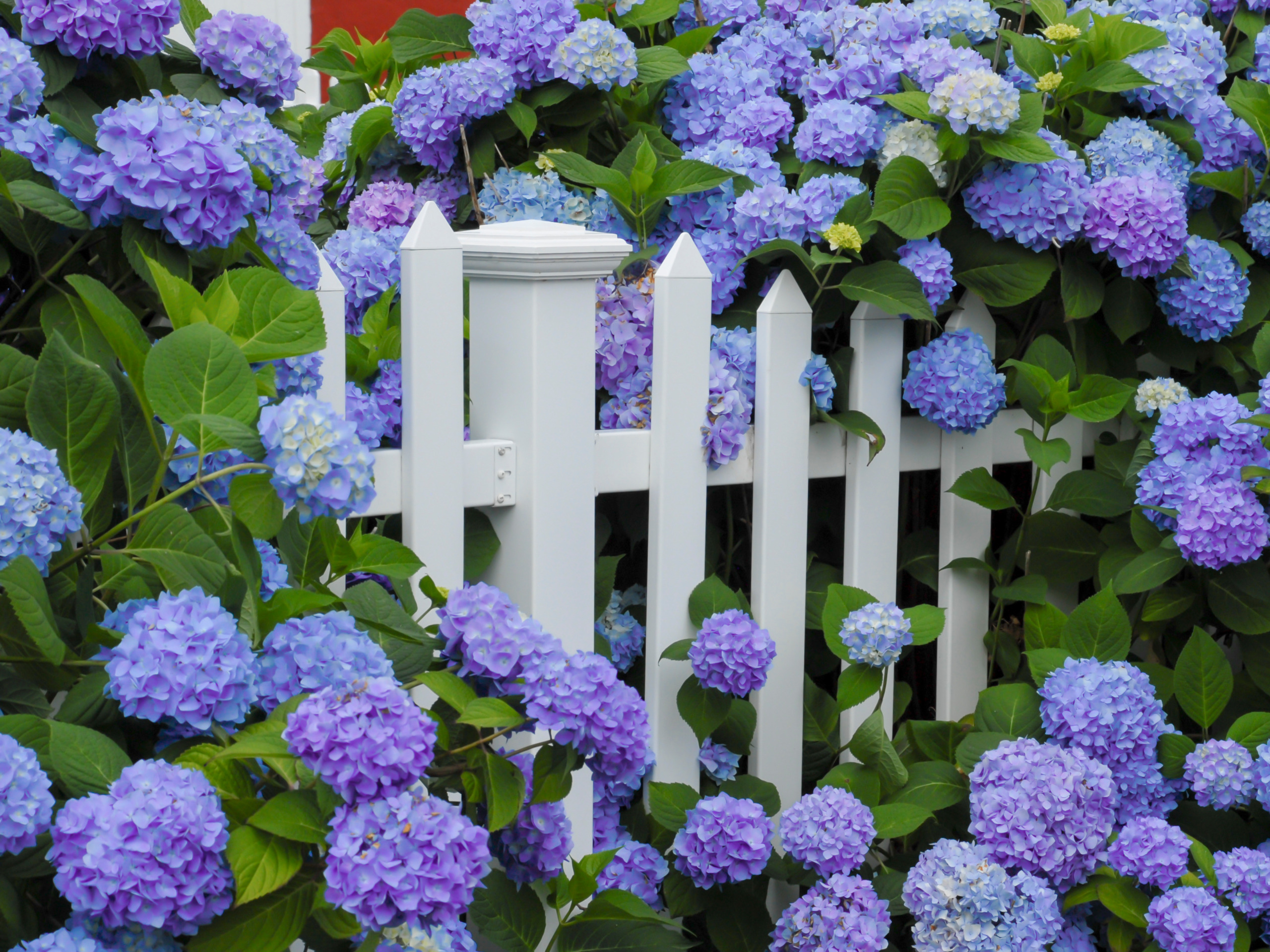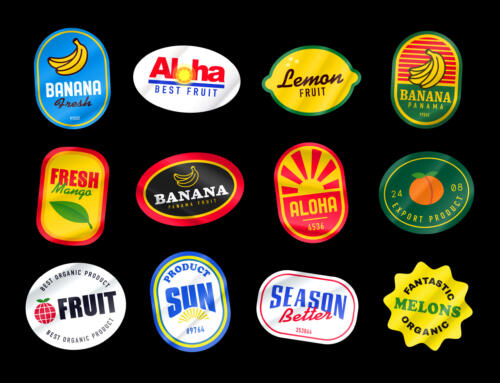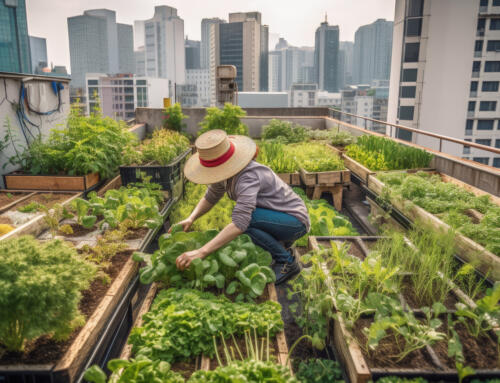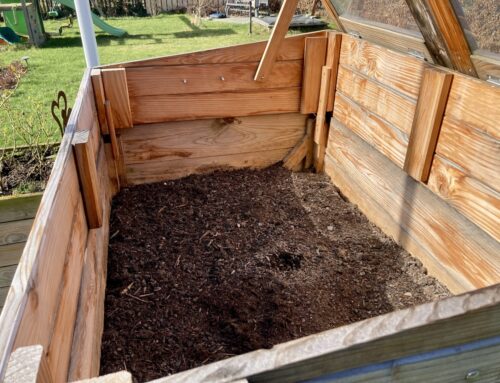Blue hydrangeas are a real eye catcher in any front or back garden, which is why they have been extremely popular for so many years.
Keeping hydrangeas blue is practically a horticultural art. Because buying a hydrangea with blue flowers doesn’t mean the flowers will stay blue. Gardeners are often in for a pink surprise as early as in the plant’s second year, when the flowers appear in the garden in magnificent shades of pink instead of the original brilliant blue. A lovely sight, indeed, but where has that blue colour gone?
Blue hydrangea varieties?
There is actually no hydrangea that produces blue flowers naturally. In fact, blue hydrangea flowers are “dyed”. But unlike white orchids, which are sometimes sprayed with a blue dye, hydrangeas are dyed “from within” as the pigment delphinidin forms a bond with aluminium ions.
Which hydrangeas can be dyed blue?
Just to let you know from the outset: not all hydrangeas can be dyed blue. The fascinating trick only works with hortensia-type (H. macrophylla) and lace-cap hydrangeas (H. serrata) and only with varieties producing light red or pink flowers. White hydrangeas lack the pigment needed to produce the blue colour. Don’t hesitate to seek advice from your favourite garden centre if in doubt about which of the varieties offered are suitable to keep your hydrangeas blue.
Blue hydrangeas: how it works
As mentioned before, the bonding of the pigment delphinidin with aluminium ions is what causes the flower colour to switch. Plants need acidic soil conditions (more specifically a pH value between 4 and 5.5) to take up aluminium.
A low pH level indicates that there is a large number of free hydrogen ions. The hydrogen ions cling to the main plant nutrients phosphorus, potassium, calcium, magnesium and sulphur. Theay are very reluctant to release them to make them available to the plants rooted in the ground.
Conversely, aluminium, manganese and many other substances dissolve in an acidic environment and are toxic to most plants. But hydrangeas (and other ericaceous plants) do perfectly well in these acidic conditions.
However, the pH value of most garden soils is not in the acidic range, but more in the alkaline range, which means it is significantly higher. This is why most garden soils are completely unsuited for growing blue hydrangeas or healthy ericaceous plants.
What to do if the soil is not acidic enough
Fortunately, plant nurseries and garden centres carry a good selection of special-purpose substrates that offer an acidic soil environment. Most of them are sold as rhododendron soil, peat moss or potting soil for hydrangeas. They differ mainly in the fine tuning of nutrients: potting soil for hydrangeas contains an especially high level of aluminium ex works.
You can either plant your hydrangea in a large (!) container filled with appropriate special-purpose substrate or work to improve the spot in the garden you intend to plant them in. Dig out a large planting hole and fill it with potting soil for hydrangeas. You may also think of lining the planting hole with film to prevent calcic water you use to water neighbouring plants from percolating through the soil to the roots of your hydrangea. However, you probably won’t need lining if your hydrangea is standing on its own or if you have a group of hydrangeas.
How to spot good soil for hydrangeas
A product with the RAL Quality Mark for Plant Substrates on the packaging or listed in our list of manufacturers is always a safe buy. Approved independent labs monitor all the main substrate properties of the products. These include a favourable pH value and adequate nutrient content, but also a high structure stability and good water holding capacity. In addition, the absence of weed seeds and plant-damaging substances is part of the laboratory test. All this combines to provide optimum conditions to grow free-flowering and healthy plants.
Special care of blue hydrangeas
Place your hydrangea in a shaded or partially shaded spot to maintain the blue flower colour. In bright sunlight, the flower colour will fade to just a light blue. Water regularly and use exclusively rainwater with a low calcium content. Using water with a high level of calcium content will increase the soil pH level in the medium term. As a result, aluminium ions will no longer be available to the plants and consequently not reach the flowers.
What’s also important: blue hydrangeas want to be fed exclusively with special hydrangea fertiliser. The special composition of these fertilisers maintain the soil’s acidity and also contain aluminium sulphate. For dosage and frequency of application, follow the manufacturer’s instructions for use.
